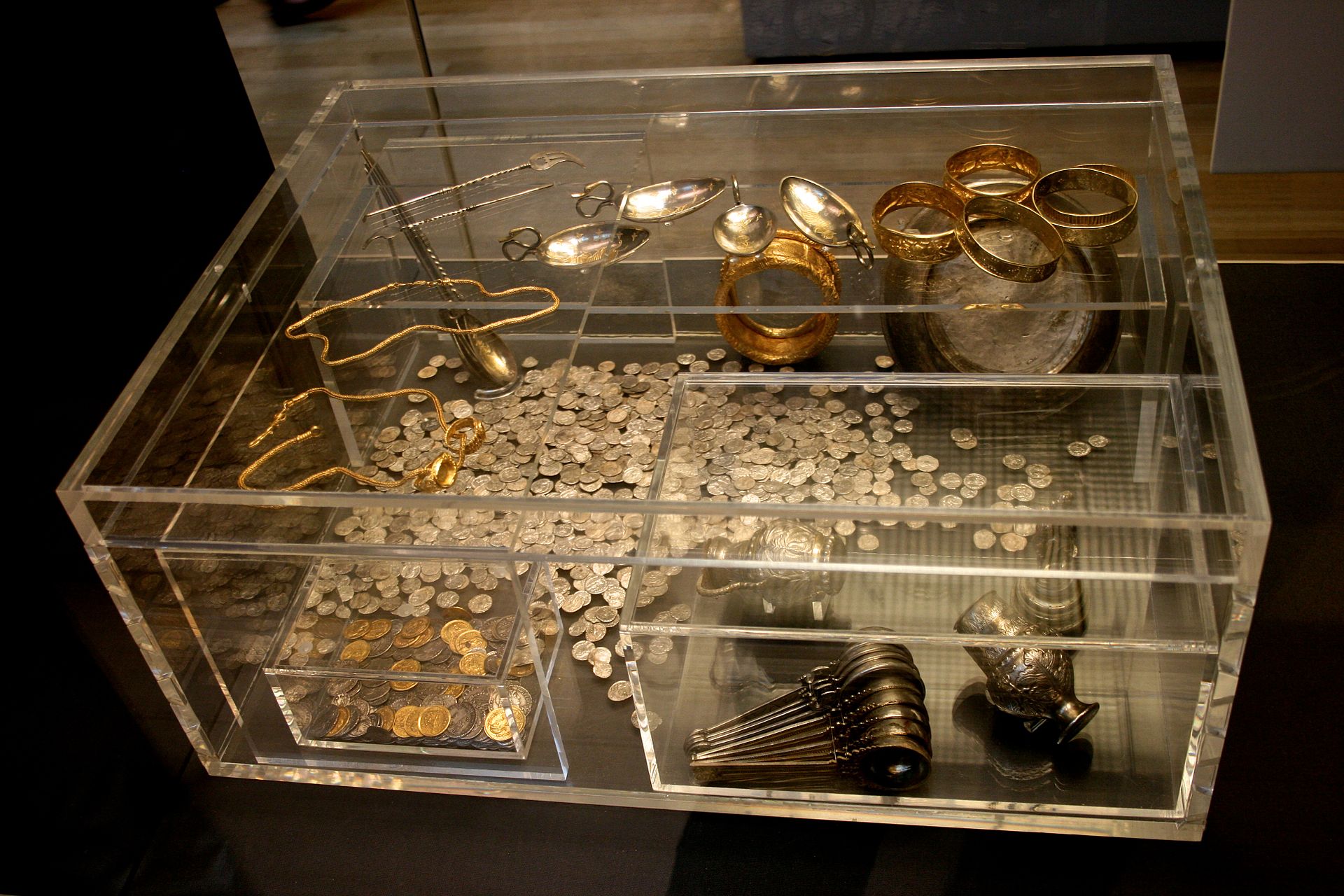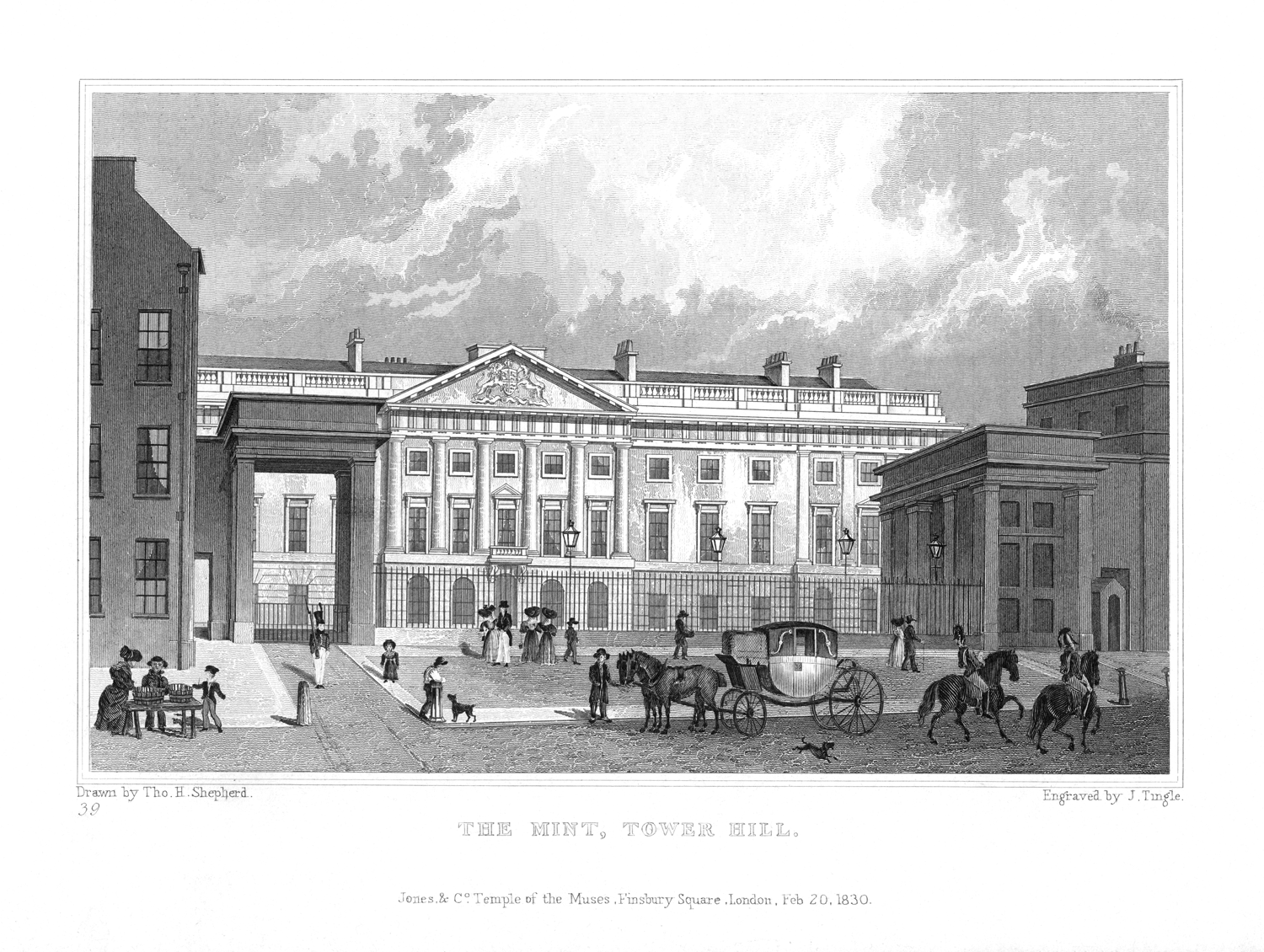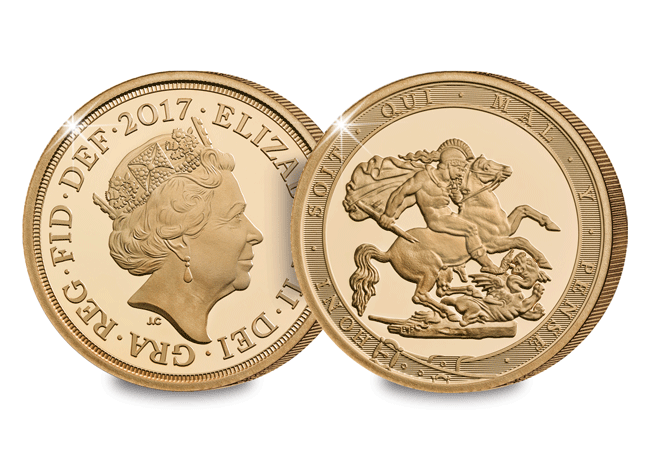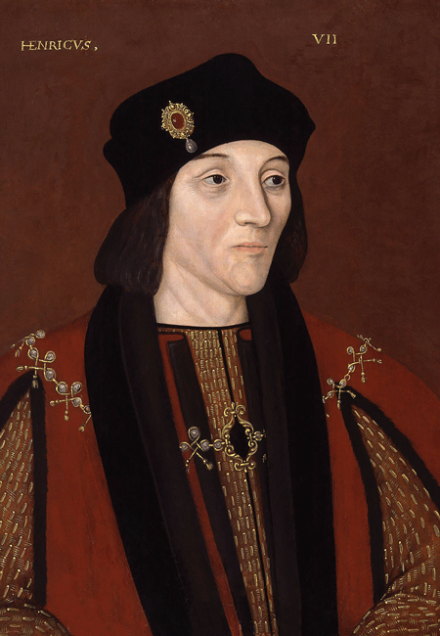Coins
200 years of the Sovereign. Part II: The Great Recoinage…
In my last blog post, I explored the roots of the Gold Sovereign from its very beginning in 1489, before it was forgotten for over 200 years, until 1816, when something momentous happened in the history of British coinage. Let me explain.
In the early 19th century, the effects of the French Revolutionary Wars and the Napoleonic Wars led to severe financial instability in Great Britain. A number of bad harvests pushed food prices up and limited silver and copper supplies resulted in a coin shortage.
The Great Recoinage
The need to stabilise the currency became crucial and The Great Recoinage was the first step in this process.
The aim was to re-introduce silver coinage and the decision was also made to change the country’s gold coinage to replace the Guinea, Britain’s major coin of the 18th century.
And so the ‘modern’ Gold Sovereign was born.
Struck in the same 22 carat gold as the gold Guinea and 20/21 of its weight with a £1 denomination, it was decided to return back to Henry VII’s era for its name.
The new Sovereign was a decided contrast to its medieval predecessor. It was half the weight and just over half the diameter of the 1489 version. But the Sovereign had not been heard of for more than 200 years and was not widely known at the time.
So it was up to the Master of the Mint to change this…
A new era for coin production
William Wellesley Pole was tasked to reintroduce the Sovereign and bring the ancient institution of The Royal Mint into the age of Industrial Revolution.
Pole decided to move The Royal Mint from its cramped traditional home in the Tower of London to nearby Tower Hill in a purpose built facility, which featured brand new steam powered coin presses.
This was a revolutionary move for the Mint.
And with the new facility in place, Pole turned to his protégé, Benedetto Pistrucci to design the new flagship gold coin.
And he created something truly timeless…
Find out about Benedetto Pistrucci’s design in Part III of my 200 years of the Sovereign Blog Series – Click here to read it.
Announcing the new UK Bicentenary Gold Proof Sovereign
To mark the Bicentenary of the “modern” Gold Sovereign in 2017, The Royal Mint have just released a brand new Gold Proof Sovereign reprising Benedetto Pistrucci’s original engraving from 1817.
With a low edition limit of just 10,500 worldwide, a special one-year-only design change and a fine proof finish, the 2017 Bicentenary Gold Sovereign has all the elements to be one of the most collectable British gold coins of the 21st century. And now you can own one.
Click here to secure yours today >>
Introducing 200 years of the Sovereign. Part I: Back to the very beginning…
2017 marks the Bicentenary of the Modern Sovereign. Reinstated as part of the 1816 Great Recoinage to replace the Guinea, the ‘modern’ Gold Sovereign has epitomised British quality across the world for the last 200 years.
But there is much more to discover about the Gold Sovereign. And now, in the lead up to its special anniversary, we explore its story in a six part series of posts about its 200 years of fascinating history, telling the tale of the King of Coins from its very beginning in 1489 to now.
First, back to the very beginning…
The history of the Sovereign dates back as far as 1489, when King Henry VII instructed The Royal Mint to strike a new gold coin.
The new coin weighed twice as much as the existing Ryal and it was the first coin to be issued with a value of one pound sterling. It was struck in almost pure gold using the standard gold coinage alloy of 23 carat.
A Design with International Power
The coin was fittingly called the Sovereign, which was also the name of his warship that had been built the year before. Its design was inspired by a coin issued in the Netherlands by Emperor Maximilian in 1487 and featured King Henry on his throne, with orb and sceptre in his hands radiating the power of the monarchy.
The Latin inscription on the coin read ‘Henry, by the Grace of God, King of England and France, Lord of Ireland’, which sent a message to Europe that England was a nation to be reckoned with. The reverse design featured a shield bearing the Royal Arms on a large Tudor Rose.
The Sovereign became the flagship coin of the Tudor reign and was struck in turn by each Tudor monarch and is still considered the flagship coin of the Royal Mint today.
The Forgotten Years
However, the production of the Sovereign stopped when King James I inherited the throne and introduced a new pound coin, the Unite (named to mark his desire to unite England and Scotland).
And the Sovereign was forgotten for nearly 213 years, until 1816, when something momentous in the history of British coinage was to happen…
Find out what happened in Part II of our 200 years of the Sovereign Blog Series – click here to read it >>
Announcing the new UK Bicentenary Gold Proof Sovereign
To mark the Bicentenary of the “modern” Gold Sovereign in 2017, The Royal Mint have just released a brand new Gold Proof Sovereign reprising Benedetto Pistrucci’s original engraving from 1817.
With a low edition limit of just 10,500 worldwide, a special one-year-only design change and a fine proof finish, the 2017 Bicentenary Gold Sovereign has all the elements to be one of the most collectable British gold coins of the 21st century. And now you can own one.
Click here to secure yours today >>
Hidden treasure – five fascinating discoveries…
I guess for any coin collector – certainly metal detectorists, the excitement of uncovering hidden treasures are what dreams are made of.
That was certainly the case for these five discoveries – from losing a hammer and finding a hoard of Roman coins, to uncovering sunken treasure in Israel. Each of these findings are incredible…
- The Hoxne Hoard

Hoxne Hoard: Display case at the British Museum showing a reconstruction of the arrangement of the hoard treasure when excavated in 1992.
Photograph by Mike Peel (www.mikepeel.net).
The Hoxne Hoard is the largest hoard of late 4th century Roman silver and gold ever discovered in the United Kingdom.
The hoard of treasure was discovered on November 16th, 1992. Farmer Peter Whatling, from the village of Horne in Suffolk, had lost his hammer in his field and had asked his friend, a retired gardener and amateur metal detectorist to help him look for it. While searching the field Lawes discovered silver spoons, gold jewellery and numerous gold and silver coins.
Upon alerting landowners and the local police, a team of archaeologists from the Suffolk Archaeological Unit carried out an emergency excavation of the site and discovered 14,865 Roman gold, silver and bronze coins from the late fourth and early fifth centuries along with approximately 200 items of silver tableware and gold jewellery.
The objects are now in the British Museum in London and are said to be worth around £3.1 million. As for the errant hammer? That’s now in the British Museum, too!
- The Staffordshire Hoard.
In July, 2009, Terry Herbert was using his metal detector on a recently ploughed field in Staffordshire when he discovered the largest trove of Anglo-Saxon treasure ever found.
Over 3,500 military items were discovered including weaponry items as well as several religious artifacts and decorative items. It is said that the hoard dates back to the 8th century and has influenced the way historians think about that period in English history.
Valued at approximately £3.3 million, it has since been purchased by the Birmingham Museum & Art Gallery and the Potteries Museum & Art Gallery.
- Caesarea Sunken Treasure
In 2015 a group of Scuba divers were exploring the sea bed near the harbour of Caesarea National Park, Israel. They thought they had stumbled across a child’s toy when they found the first gold coin, but when they saw how many more there were and looked more closely at the engravings on them, they realised they had in fact discovered something a lot more significant.
Almost 2,000 coins were recovered, all of several different denominations and had been minted at different times. The earliest coin found in the treasure was a quarter dinar minted in Palermo, Sicily in the second half of the ninth century CE. Most of the coins though belong to the Fatimid caliphs Al-Ḥākim (996–1021 CE) and his son Al-Ẓāhir (1021–1036), and were minted in Egypt and North Africa.
The exact value of the coins today is still unknown.
- Harrogate Hoard
In January 2007, semi-retired businessman David Whelan and his son Andrew discovered the Harrogate hoard using metal detectors near the town of Harrogate in North Yorkshire.
It was the largest Viking hoard discovered in Britain since 1840 and consists of 617 silver coins and 65 other items, including ornaments, ingots and precious metal – all of which was hidden in a gilt silver vessel lined with gold which was made in France or Germany around 900.
The coins date from the 10th Century and come from all over Anglo-Saxon England, as well as parts of Asia. Reports indicate that the coins bear Islamic, Christian, and pre-Christian Norse pagan symbols.
The independent Treasure Valuation Committee valued the hoard at £1,082,000. The hoard was purchased jointly by the York Museums Trust and the British Museum.
- The Frome Hoard
In April 2010, metal detectorist Dave Crisp discovered 52,503 Roman coins near Frome in Somerset.
The coins were contained within a ceramic pot and date from AD 253 to 305. Most of the coins are made from debased silver of bronze and was the equivalent of four years of pay for a Roman legionary.
Weighing 350 pounds, the coins may have been buried as an offering for a good harvest or auspicious weather.
The hoard is one of the largest ever found in Britain, and is also important as it contains the largest group ever found of coins issued during the reign of Carausius, who ruled Britain independently from 286 to 293 and was the first Roman emperor to strike coins in Britain.
The hoard could fetch at least £250,000 today.
Have you ever discovered any hidden treasures? Let us know in the comments below…
You can now own your own treasure chest containing 1kg of mixed coins, medals and tokens from all around the world.
Each ‘mystery mix’ is completely different – who knows what you may find in yours…











